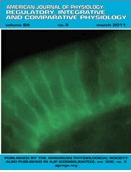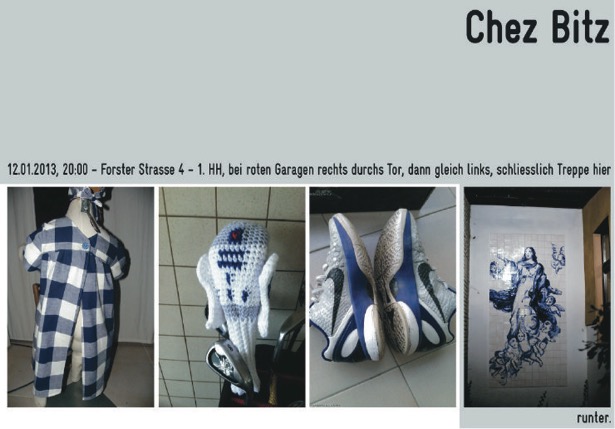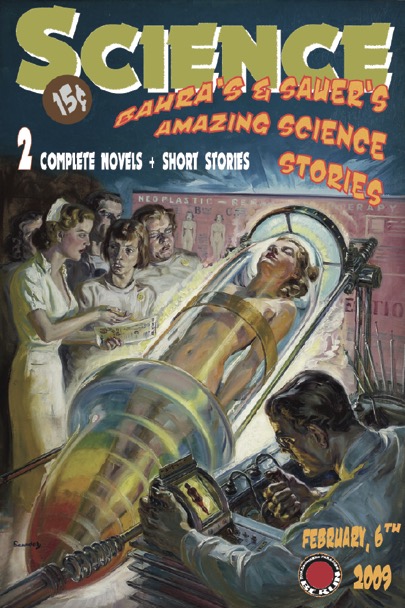The Side Population (SP) of tumor cell lines shares characteristics with tumor stem cells. In this study we phenotypically and genotypically characterized the SP of gastric cancer cell lines. SPs were obtained from MKN45- and AGS-gastric cancer cells using Hoechst 33342 staining and fluorescence-activated cell sorting (FACS). SP cells were subsequently studied morphologically (cytology, immunocytochemistry), on the transcriptional level (gene array) and in cell culture (recultivation assays). Genes differentially expressed in the SP cells were evaluated by immunohistochemistry in tissue from gastric cancer patients. SP cells were smaller and rounder then Non-SP cells. SP cells self-renewed in re-cultivation experiments and differentiated into SP- and Non-SP cells. Re-cultivated SP- and Non-SP cells showed distinct phenotypes in culture regarding cell shape and colony-formation. SP cells had increased levels of the stem cell markers CD133 and Musashi1. Transcriptional analyses demonstrated that SP cells express genes that encode for stem cell properties like FZD7, HEY1, SMO and ADAM17. Finally she found ADAM17 and FZD7 to be differentially expressed in human gastric cancer, with FZD7- positive intestinal type cancers showing a significant shorter patient survival. In conclusion human gastric cancer cell lines enclose a phenotypically and genotypically distinct cell population with tumor stem cell features. Phenotypical characteristics of this distinct cell population are also present in gastric cancer tissue and seem to correlate with patient survival.
R.B.V. Schmuck received Charité Robert-Koch-Prize 2012
The Side Population (SP) of tumor cell lines shares characteristics with tumor stem cells. In this study we phenotypically and genotypically characterized the SP of gastric cancer cell lines. SPs were obtained from MKN45- and AGS-gastric cancer cells using Hoechst 33342 staining and fluorescence-activated cell sorting (FACS). SP cells were subsequently studied morphologically (cytology, immunocytochemistry), on the transcriptional level (gene array) and in cell culture (recultivation assays). Genes differentially expressed in the SP cells were evaluated by immunohistochemistry in tissue from gastric cancer patients. SP cells were smaller and rounder then Non-SP cells. SP cells self-renewed in re-cultivation experiments and differentiated into SP- and Non-SP cells. Re-cultivated SP- and Non-SP cells showed distinct phenotypes in culture regarding cell shape and colony-formation. SP cells had increased levels of the stem cell markers CD133 and Musashi1. Transcriptional analyses demonstrated that SP cells express genes that encode for stem cell properties like FZD7, HEY1, SMO and ADAM17. Finally she found ADAM17 and FZD7 to be differentially expressed in human gastric cancer, with FZD7- positive intestinal type cancers showing a significant shorter patient survival. In conclusion human gastric cancer cell lines enclose a phenotypically and genotypically distinct cell population with tumor stem cell features. Phenotypical characteristics of this distinct cell population are also present in gastric cancer tissue and seem to correlate with patient survival.
Improved cold storage of human hepatocytes


